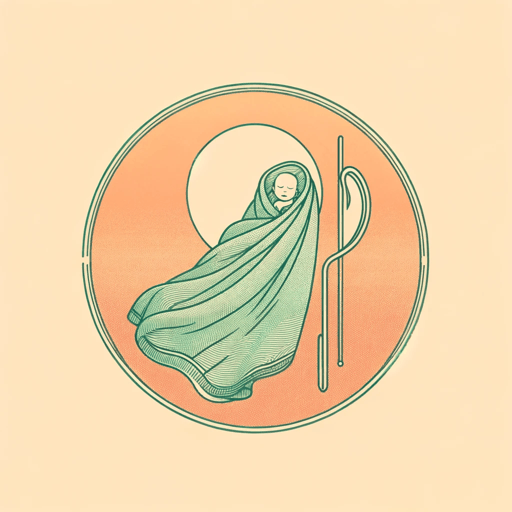54 pages • 1 hour read
Maggie O'FarrellThe Marriage Portrait
Fiction | Novel | Adult | Published in 2022A modern alternative to SparkNotes and CliffsNotes, SuperSummary offers high-quality Study Guides with detailed chapter summaries and analysis of major themes, characters, and more.
Character Analysis
Lucrezia di Medici
O’Farrell based her portrayal of Lucrezia di Medici on the historical character of the same name (1545-1561) and “tried to use what little is known about her while fleshing out her personality and the events of her short life (433). While the official report was that Lucrezia died in 1561 of putrid fever, O’Farrell followed poet Robert Browning’s interpretation that her husband killed her. However, in a final twist, O’Farrell shows Lucrezia escaping to become an artist.
O’Farrell depicts Lucrezia as a misfit from the outset, one who is physically distinctive from her numerous other siblings in her long, flame-colored hair and “small for her age” build (17). Lucrezia’s smallness also emphasizes her vulnerability, childlikeness, and lack of readiness for a sexual relationship and marriage. She is also a misfit because she is clumsy in dancing and conversation, the traits that would make her a marriageable female. Instead, she pursues a solitary path led by her interests in wild animals and art. This fits the theme of Female Autonomy and Institutional Control. Both at Florence and in Ferrara, Lucrezia fights for her liberty to paint and roam about as she wishes. This often causes her to nurture a secret life; paralleling her practice of painting over the subjects that truly interest her with a layer of neutral, socially acceptable still-life paintings, she conceals her true passions and interests under her veneer of the suitable duchess.
Related Titles
By Maggie O'Farrell



